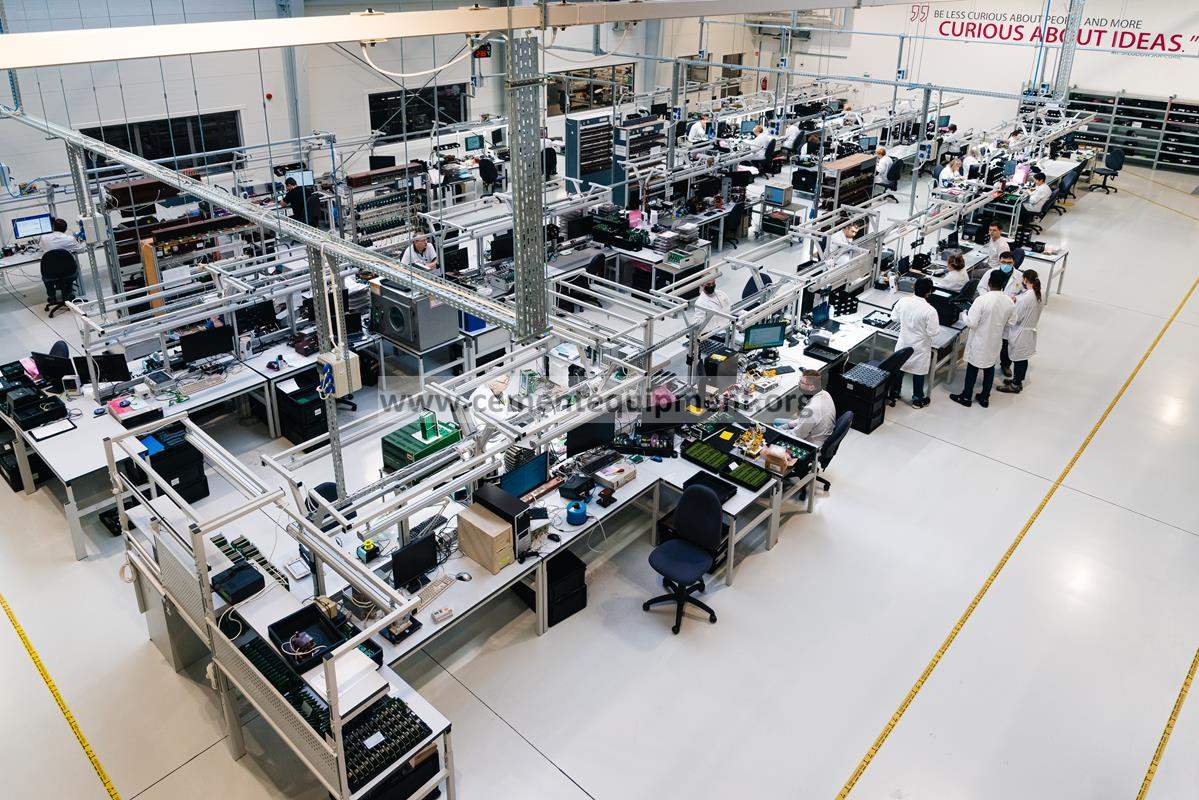Contents
Maximo Asset and maintenance management Cement Plant
to Download in-depth article you can buy now
[wpecpp name=”items” price=”250″ align=”center”]

Introduction
Cement plant maintenance is a complex and challenging task, which requires careful planning, efficient execution, and effective management. In recent years, computerized maintenance programs have become increasingly popular in cement plants due to their ability to streamline maintenance processes, improve equipment reliability, and reduce downtime. In this article, we will provide an in-depth overview of computerized maintenance programs in cement plants, including how to implement them and their advantages and disadvantages.
What are Computerized Maintenance Programs?
A computerized maintenance program is a software system designed to manage the maintenance of industrial equipment. It automates many of the tasks involved in equipment maintenance, such as scheduling inspections, generating work orders, and tracking maintenance history. The system also provides valuable data on equipment performance, which helps to identify potential problems before they become critical. In cement plants, computerized maintenance programs are used to manage the maintenance of equipment such as kilns, crushers, and conveyors.
How to Implement a Computerized Maintenance Program in a Cement Plant
Implementing a computerized maintenance program in a cement plant requires careful planning and preparation. The following steps are recommended for a successful implementation:
- Identify the Needs of the Plant: The first step in implementing a computerized maintenance program is to identify the needs of the plant. This includes assessing the current maintenance processes, identifying areas for improvement, and determining the goals of the program. This step may involve consultation with maintenance personnel, management, and IT staff.
- Select a Program: Once the needs of the plant have been identified, the next step is to select a computerized maintenance program that meets those needs. It is important to consider factors such as the program’s features, ease of use, and cost. The program should be compatible with the plant’s existing IT infrastructure and should be scalable to accommodate future growth.
- Develop an Implementation Plan: A detailed implementation plan should be developed, including timelines, responsibilities, and training requirements. It is important to involve all stakeholders in the planning process, including maintenance personnel, management, and IT staff. The plan should be reviewed regularly and updated as necessary.
- Data Migration: Before the program can be used, data from the current maintenance system must be migrated to the new program. This can be a complex process and requires careful attention to detail. Data migration may involve cleaning and formatting data, importing data into the new program, and verifying the accuracy of the data.
- Testing and Training: Once the data has been migrated, the program should be thoroughly tested to ensure it is functioning correctly. Testing may involve simulating maintenance scenarios, generating work orders, and tracking maintenance history. Training should also be provided to maintenance personnel and other stakeholders to ensure they are familiar with the program’s features and how to use it effectively.
- Go-Live: After testing and training have been completed, the program can be launched. It is important to monitor its performance closely and make any necessary adjustments. Ongoing support and maintenance may be required to ensure the program continues to meet the needs of the plant.
Advantages of Computerized Maintenance Programs in Cement Plants
There are several advantages to using a computerized maintenance program in a cement plant:
- Improved Equipment Reliability: By automating maintenance tasks and providing valuable data on equipment performance, computerized maintenance programs can help to improve equipment reliability and reduce downtime. This can result in increased productivity and reduced costs.
- Increased Efficiency: Computerized maintenance programs can streamline maintenance processes and reduce the time and resources required for maintenance tasks. This can free up maintenance personnel to focus on more critical tasks and improve overall plant efficiency.
- Better Asset Management: By providing detailed information on equipment performance and maintenance history, computerized maintenance programs can help to optimize asset management and prolong equipment life. This can reduce the need for costly equipment replacements and repairs.